I walk over 3 miles to work once a week. A rucking expert helped me turn it into a better workout.
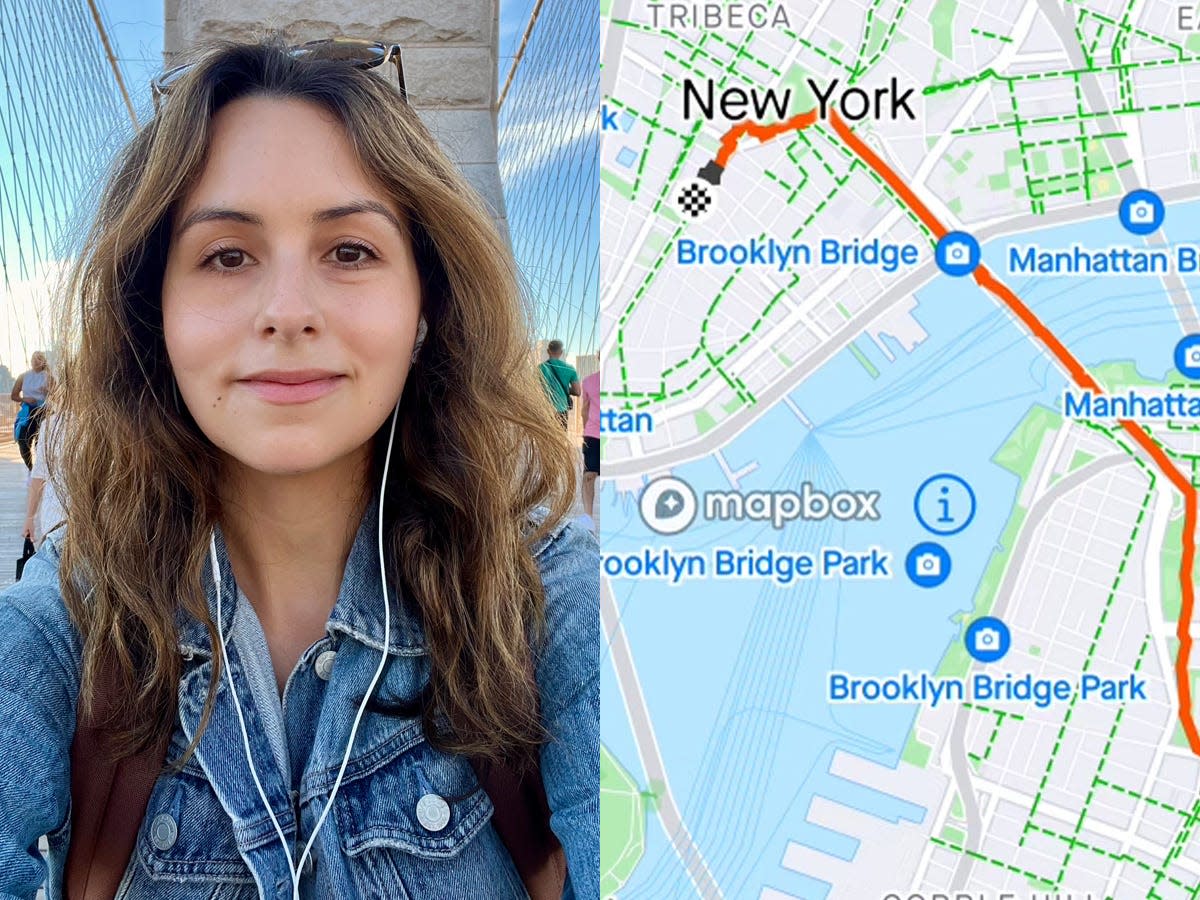
Rucking is a great workout to build muscle and burn fat.
I was already rucking to the office once a week, but sometimes had back pain.
A rucking expert shared tips that upped my speed and worked out my shoulders.
When I first heard of rucking, a workout favored by both Guy Fieri and the Fittest Woman on Earth, I realized I already sort of do it. For the past few years, I've been packing my backpack and walking 3.6 miles from my home to the office once a week, just to get some fresh air.
"Rucking in its simplest form is just walking with weight on your back," Nichele Cihlar, the Director of Training at GORUCK, told Business Insider. She said it's a great workout, whether it's your primary form of exercise or your recovery day routine. I do the latter, using it as a way to still build muscle and burn fat on days I'm not running or weightlifting.
Cihlar, who also rucks on her rest days, said I could amplify the workout by adding more weight. My only reservation was that I've gone heavier before, but ended up with lower back pain.
She shared a few tips on how to maximize weight without hurting yourself, especially if you're using a minimalist work backpack, like I am, instead of an official rucking pack.
Stack magazines to slowly add more weight
My backpack is usually a little heavy on its own: I carry my laptop, charger, Kindle, water bottle, and lunch.
I wanted to add more weight without going too far, since it'd be really awkward to unload a dumbbell in the middle of the Brooklyn Bridge.
"I would recommend starting light and then working up from there," Cihlar said. Her father-in-law recently started rucking, and one of her first suggestions for him was to throw in some magazines.
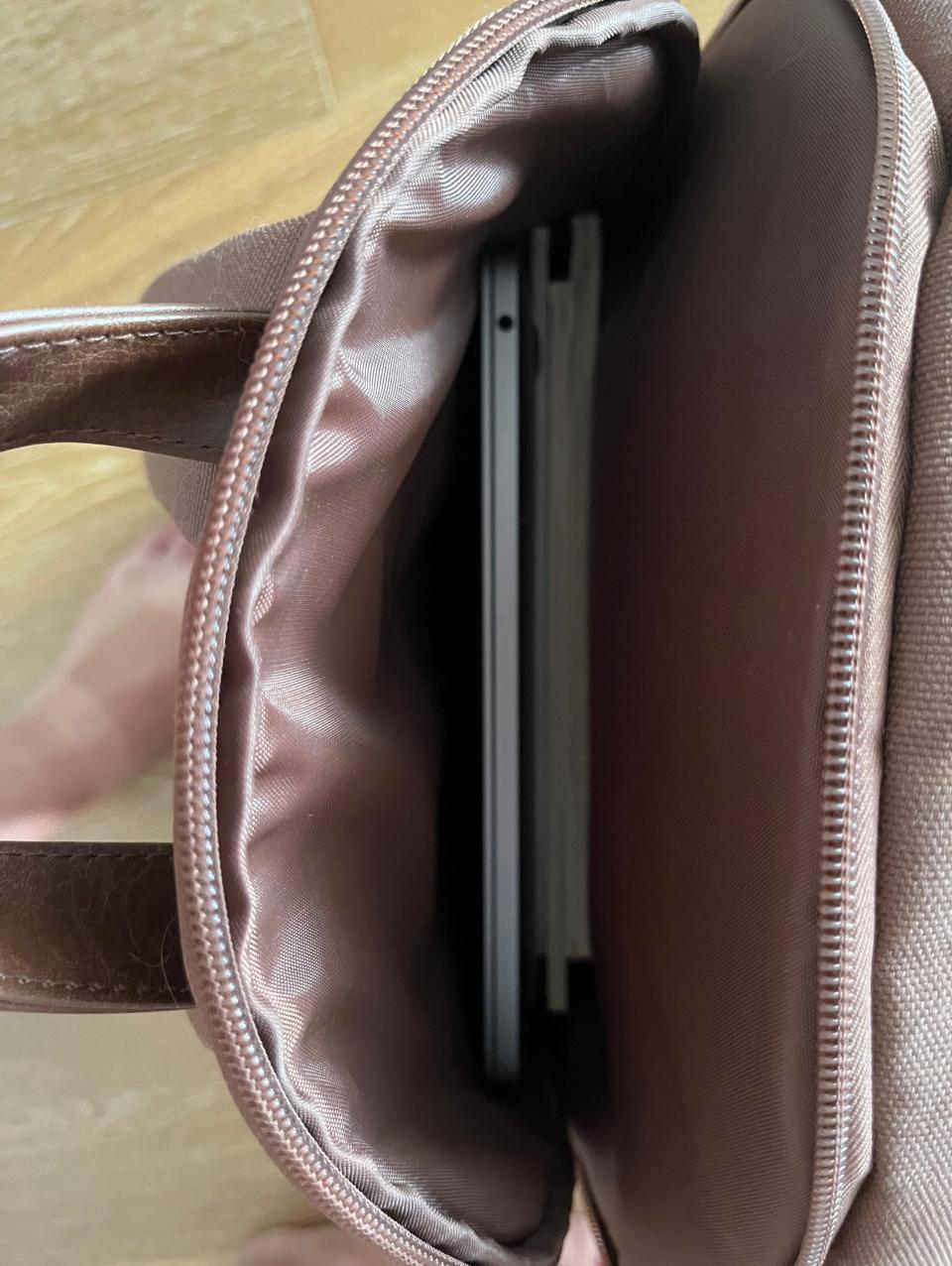
I took some old copies we had lying around the apartment and slid them behind my laptop. I also filled my water bottle, since I usually carry it empty to make the walk easier.
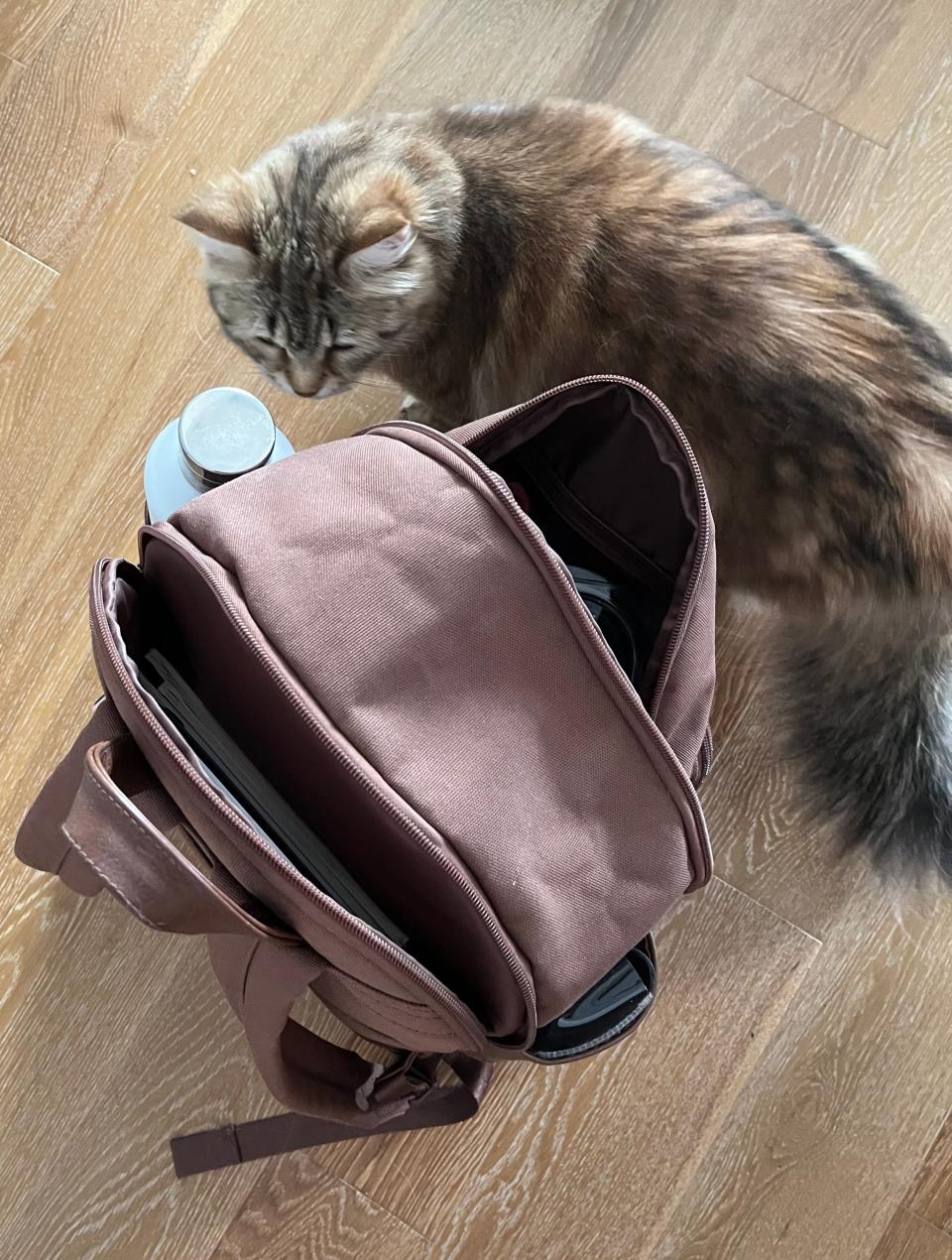
Keep the heavier items towards the top
Cihlar said that your shoulders sometimes feel sore when you start rucking. While that was definitely true for me the first times I walked to work, I'd also feel that lower back ache, sometimes for days afterward. It made me more cautious about adding more weight.
"If you're not using an actual ruck, which holds the weight up high on your back, and you're just loading your backpack, everything falls to the bottom," Cihlar said. "That can cause a little bit more weight tension sitting in your low back."
When packing my bag, I rearranged its contents and piled heavier items, like my lunch and my makeup bag, closer to the top.
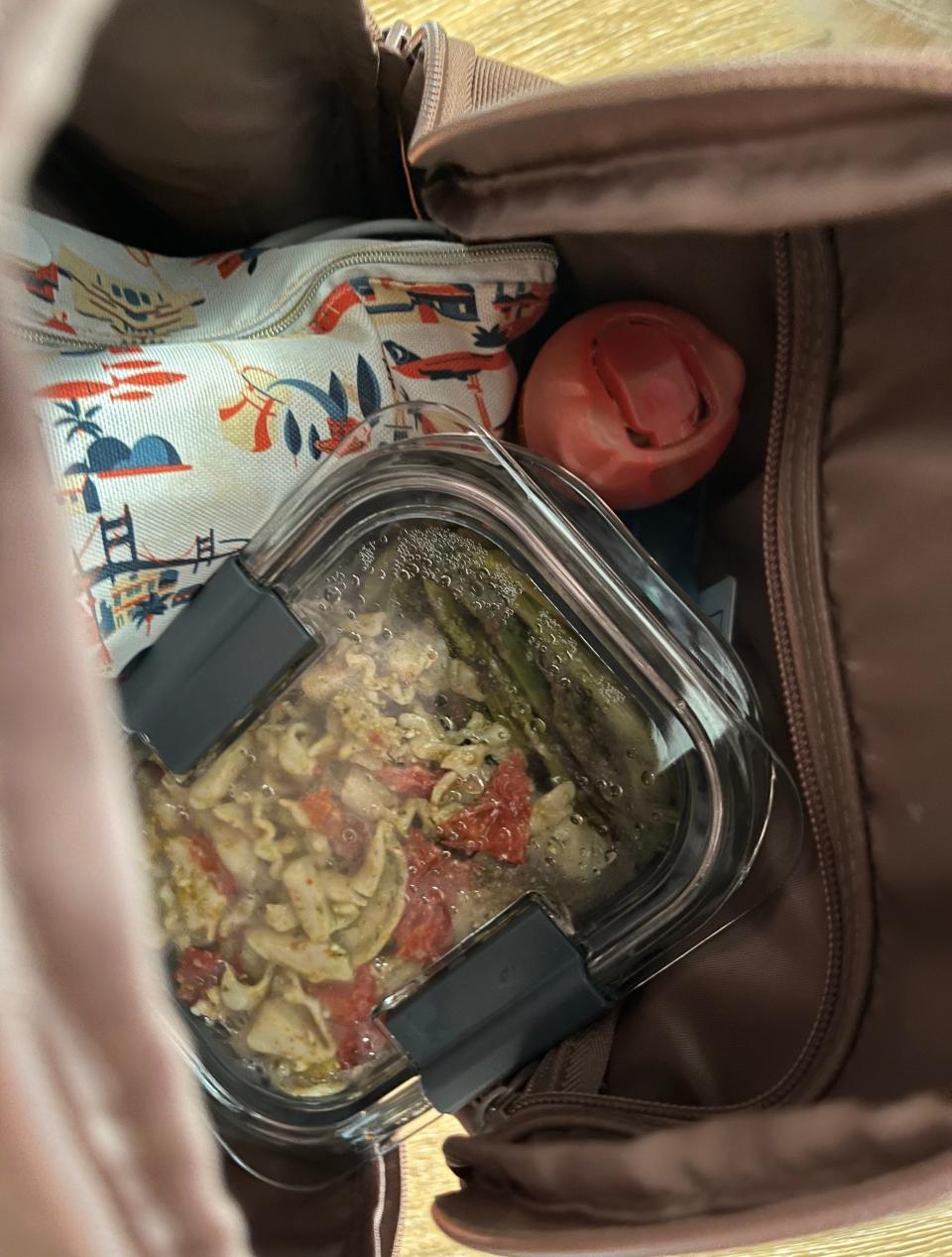
I felt a huge difference during the walk. My shoulders were a lot more sore than in the past, while my back felt completely fine.
It made me more confident that I was rucking right. I wasn't trying to pull up my straps like I normally do when my lower back acts up towards the end of the commute. I still hurt, but in the good way!
Always wear supportive shoes
Ok, the real reason I messed up my back isn't exactly a mystery: out of laziness and not wanting to pack extra shoes, I usually walked to work in Doc Martens.
Cihlar said I'd "definitely want a supportive shoe," such as running sneakers to prevent injury. For more seasoned ruckers, she recommended getting real rucking shoes because trainers "break down faster once you start adding that load."
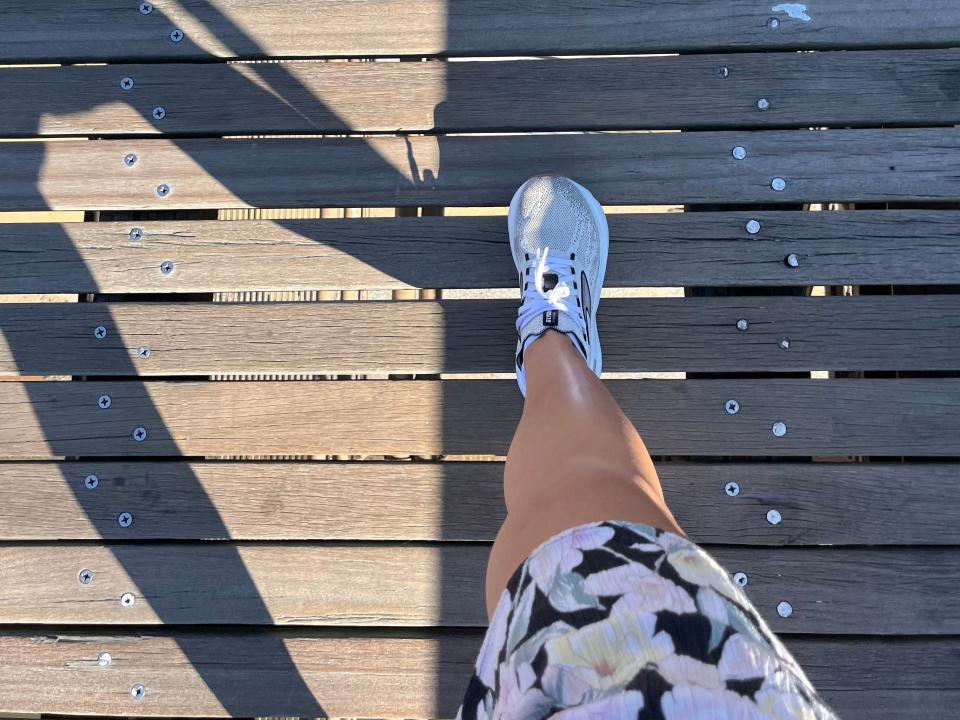
I wore my running shoes and switched to mules at work (which had the bonus of making my pack just a little heavier, too).
No surprises here, but I was able to walk faster than my usual pace, even while bearing a heavier load.
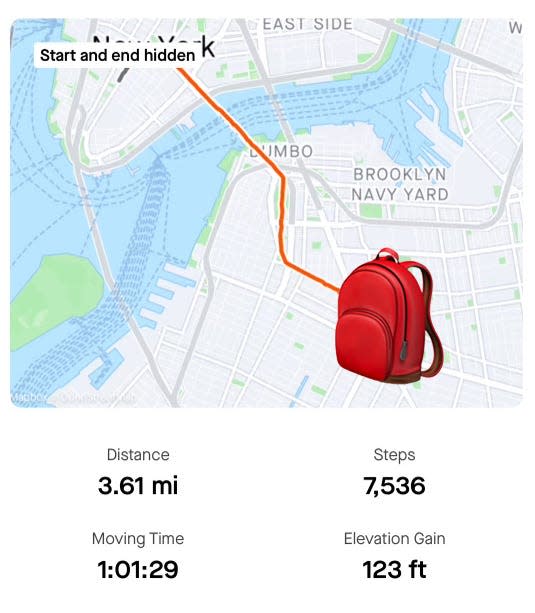
When I first started walking to work, I minimized it and didn't consider it a real workout. I tossed whatever I wanted into my bag and clacked along in heeled boots as if I wasn't a woman in my 30s with mild scoliosis. Alas, not taking it seriously led me to make some (mildly painful) mistakes.

It's exciting to know that a few small tweaks help me make the most of an already lovely commute. Getting my steps in, gaining shoulder strength, and seeing the NYC skyline before all the tourists get there? We can have it all.
Read the original article on Business Insider


